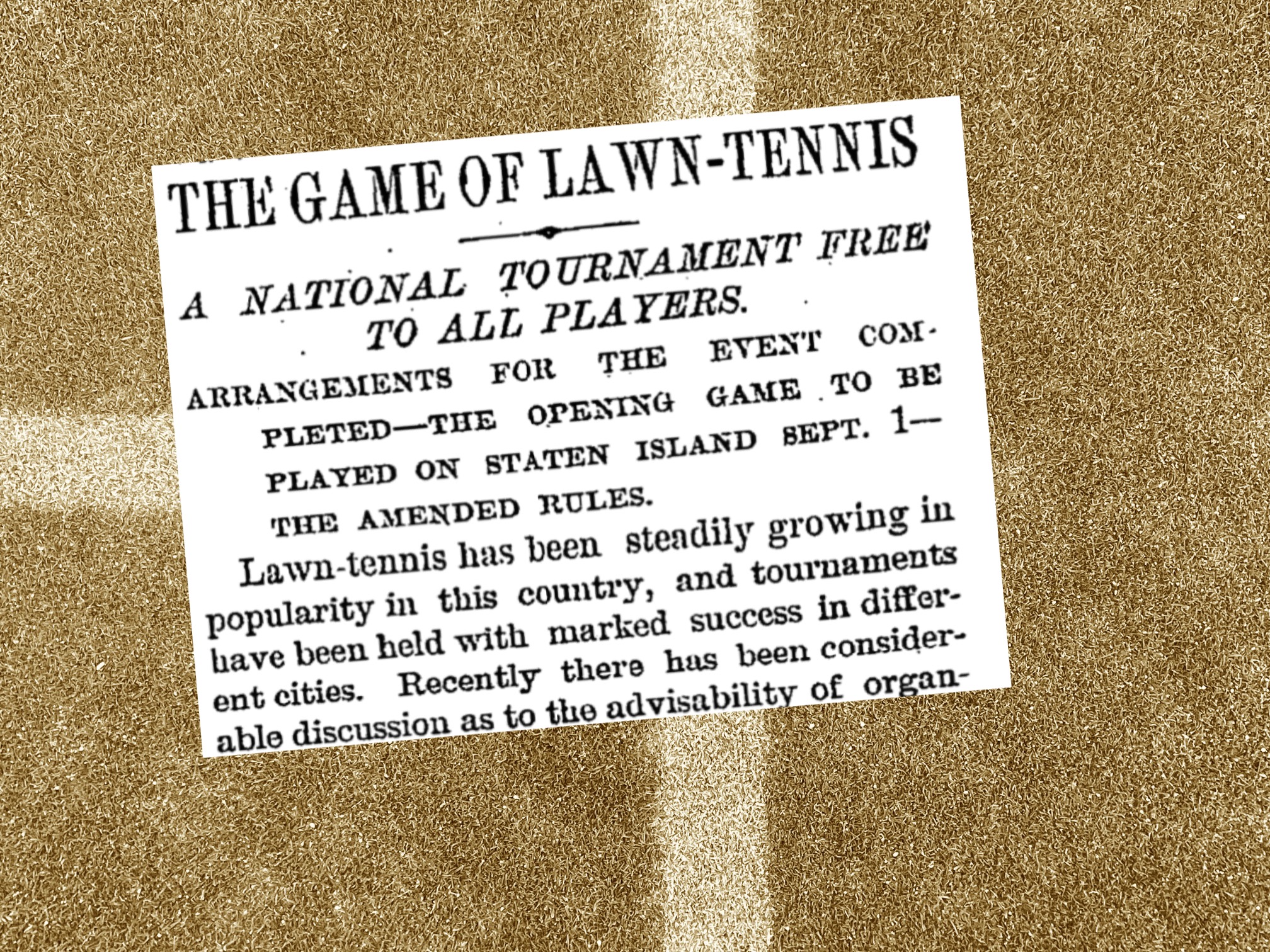I have to cast a wide net when searching for tennis articles on online archives. In the modern google era we take AI assisted search engines and mysteriously precise results for granted. In the old newspaper archives, the approach I have found to be the most effective is to search very broadly and manually sifting through the results.
The tedium is broken up by finding articles relevant to the search. Red wine also seems to help. Even better, sometimes I find fascinating items completely unrelated to what I was looking for. This brings us to H. Ellsworth Vines.
When I first came across this snippet, I viewed it through my distinctly modern eyes. My tennis community involves a lot of players who are obsessive about playing tennis. I totally understand the insatiable desire to play the game.
Vines cut the strings in his racquet to restrain himself from playing tennis. That act is simultaneously understandable and extreme. Who in the heck is Vines and why was the demise of his strings fit for print in Australia?
The profile of Vines on the International Hall of Fame web page tells me that he was a professional player who certainly would have been well known at the time. This both explains why this event was newsworthy and also the lack of context. In modern times, writers do not have to introduce Roger Federer when writing about him.
In 1932, the year before this snippet was carried, Vines had graced the cover of Time magazine. He was the reigning Wimbledon Gentlemen’s Singles Champion. It had not occurred yet, but he would soon be featured on the Wheaties cereal box. He was a tennis super star.
The modern term for what Vines was apparently apparently experiencing in early 1933 is “burn-out.” The solution of not playing for some period of time as a solution is reasonable. So what caused the burn-out?
Two months before Vines cut his strings, he was in Australia playing as captain of the US Men’s tennis teams. This was intended as a multi country grand tour for the team. Vines disclosed in an interview that they were cutting the the trip short and would be returning to the US immediately following the Australian Championships.
Also, when in Australia in January, Vines had also commented that the Australian players had “too much play” and that some of them were “obviously stale.” Two months before the string cutting episode, he was talking about the importance of less play. It was clearly front of mind for him at the time.
The return trip to the US involved a long ocean voyage. The time at sea was apparently not enough to resolve the burn-out. So cutting the strings was probably prudent if that was the only way to avoid playing.
- “Mr. Ellsworth Vines“, The Sydney Morning Herald, March 3, 1933.
- “Ellsworth Vines“, International Tennis Hall of Fame, viewed April 22, 2020.
- “Our World Tour,” Table Talk (Melbourne), January 26, 1933.
- “Vines Played Out,” Bunyip (Australia), March 10, 1933.




Metaphorical becomes literal in this tale of Ellsworth Vines!
Enjoyed it!